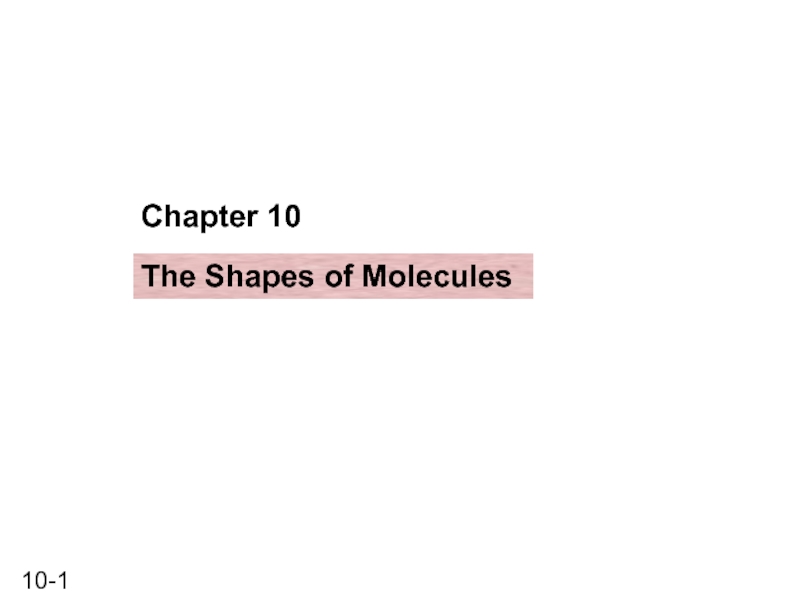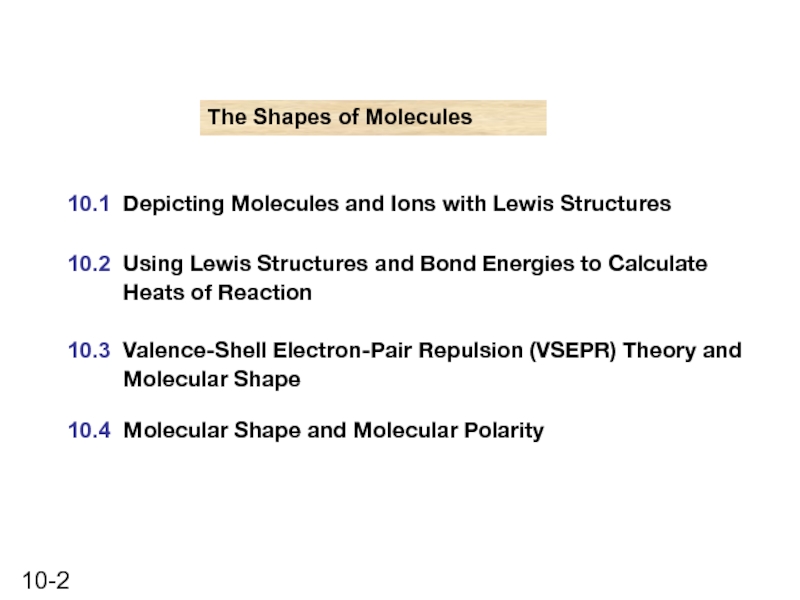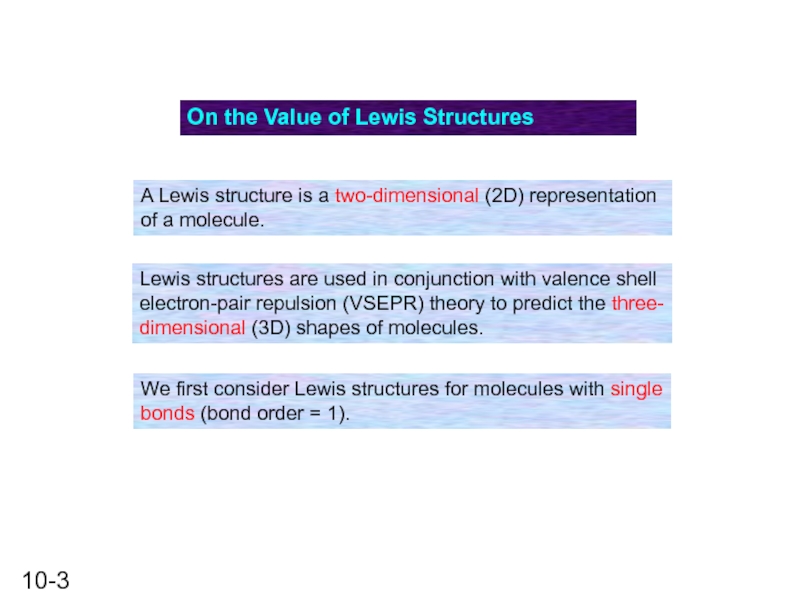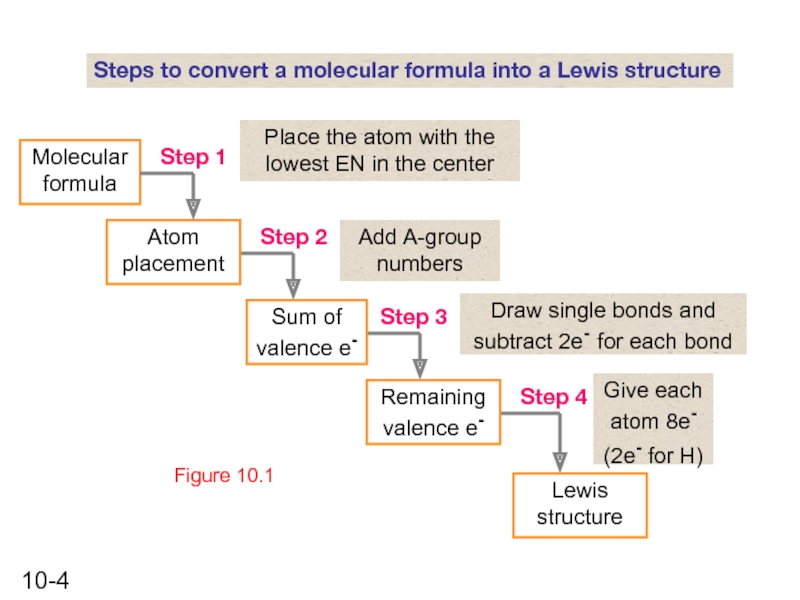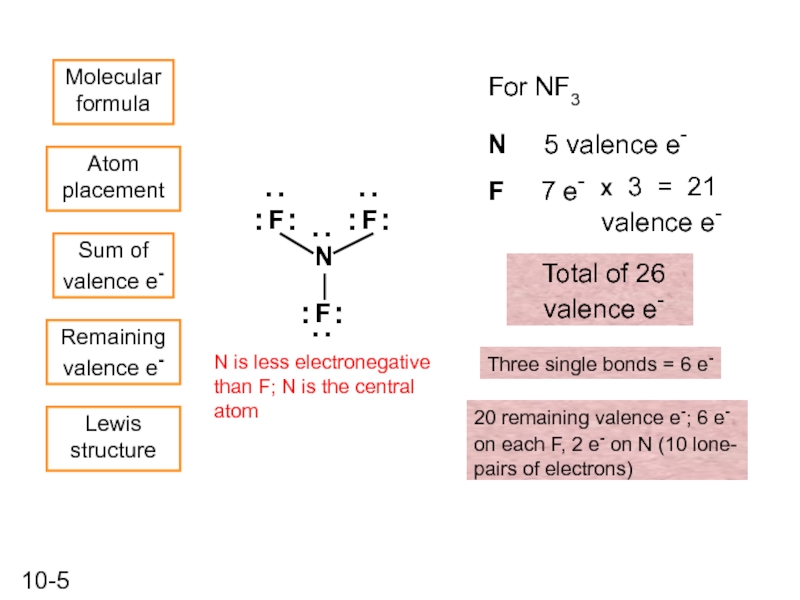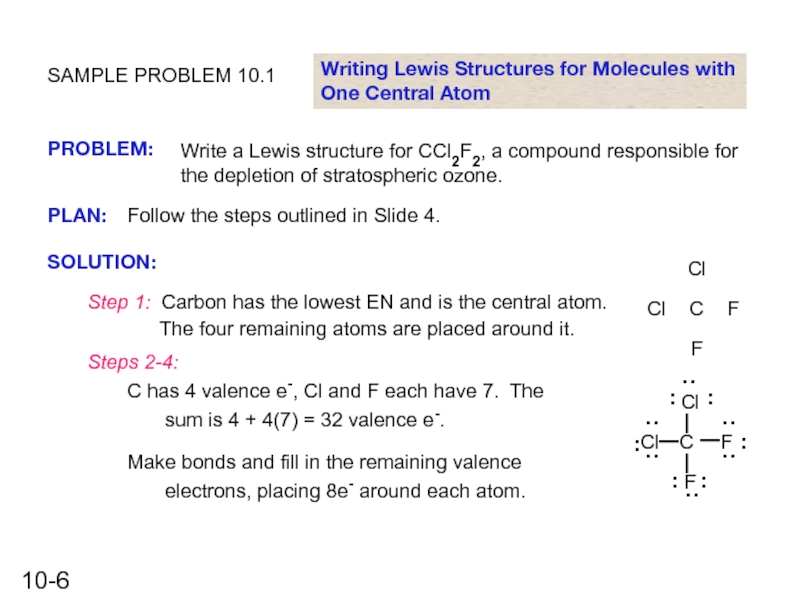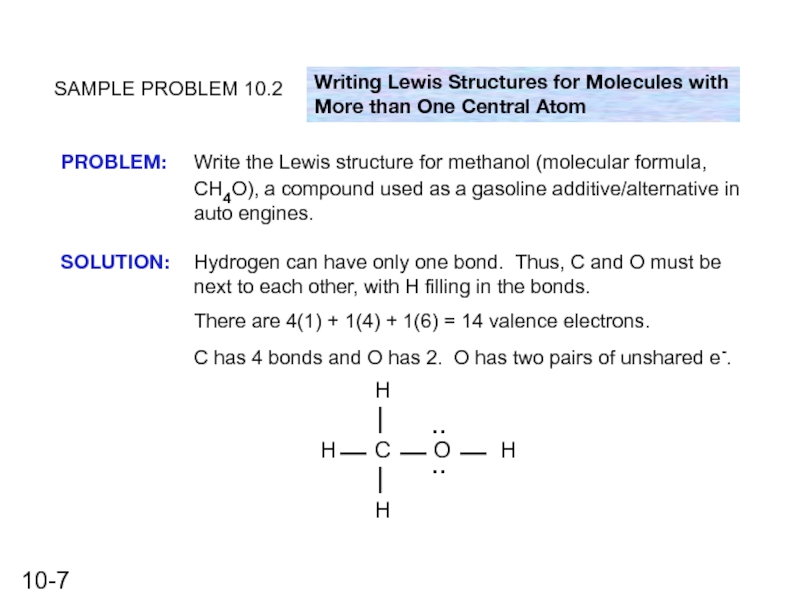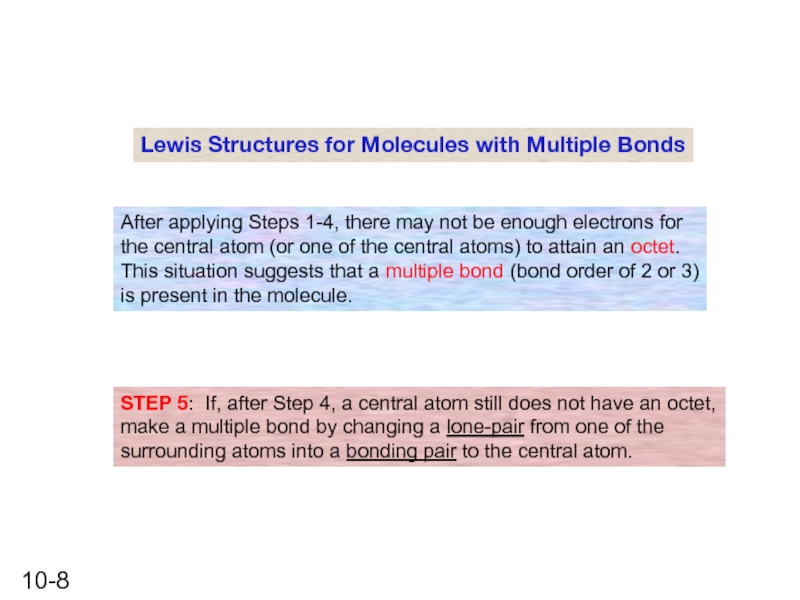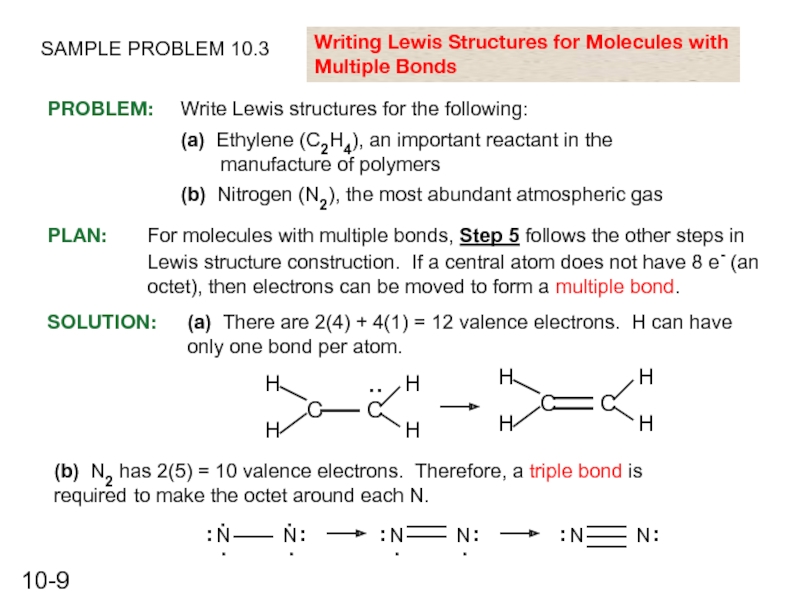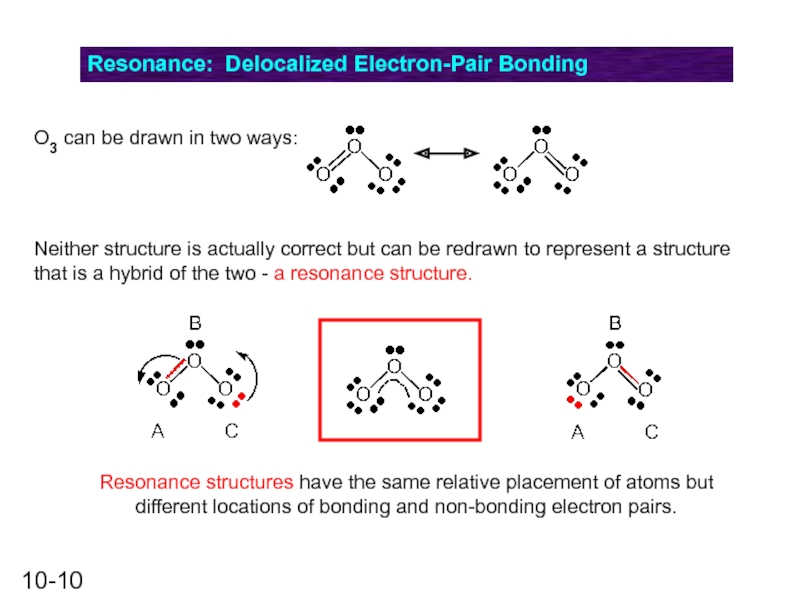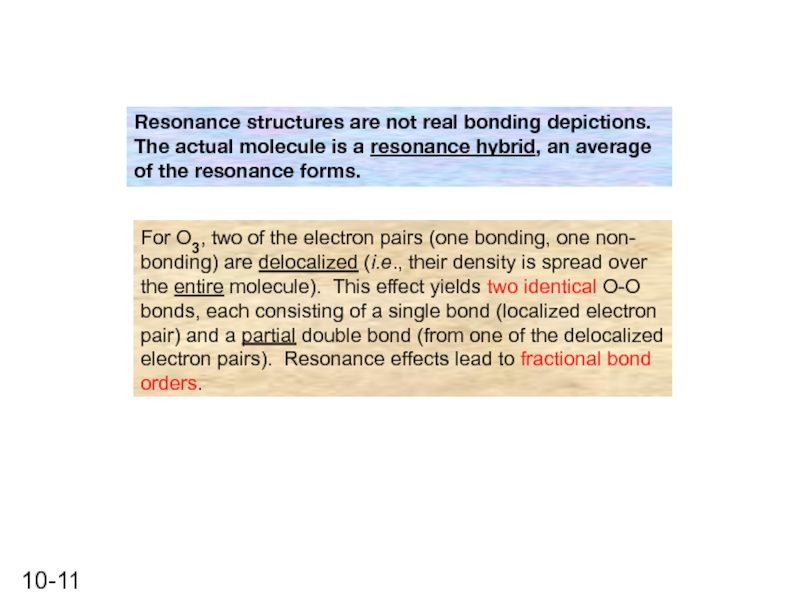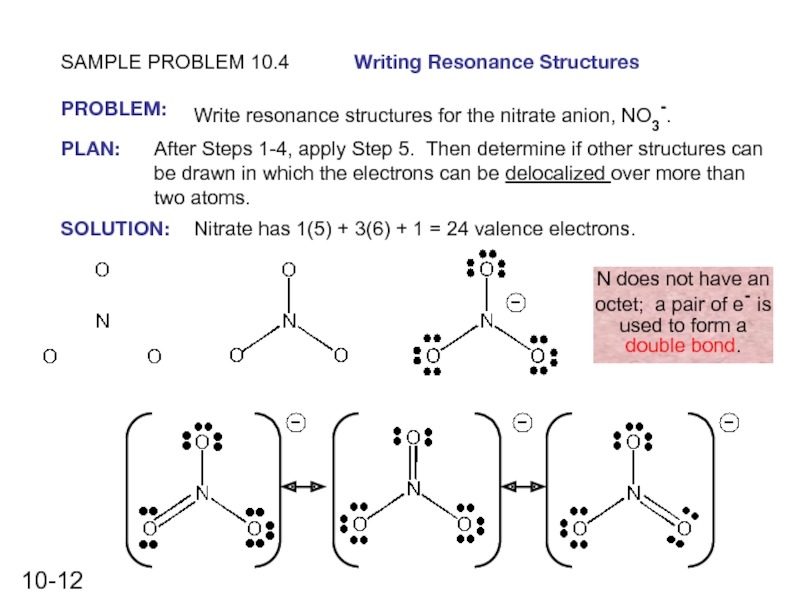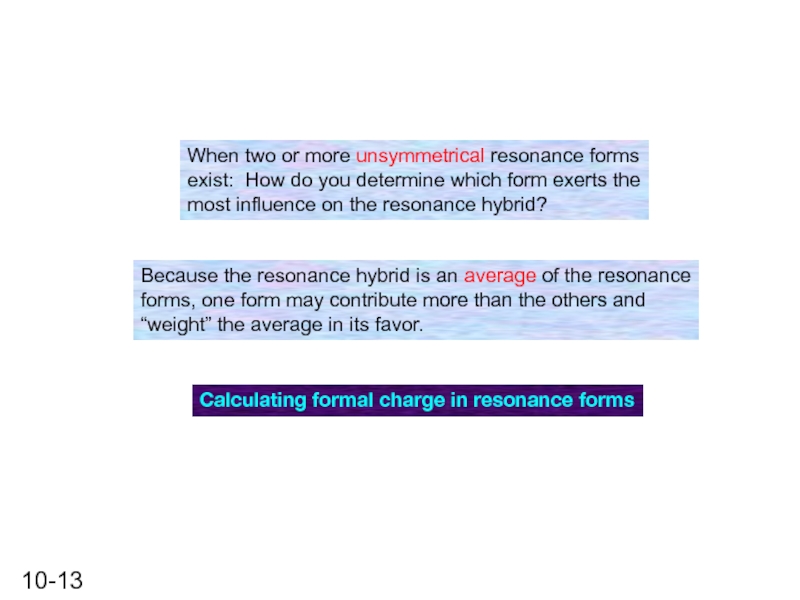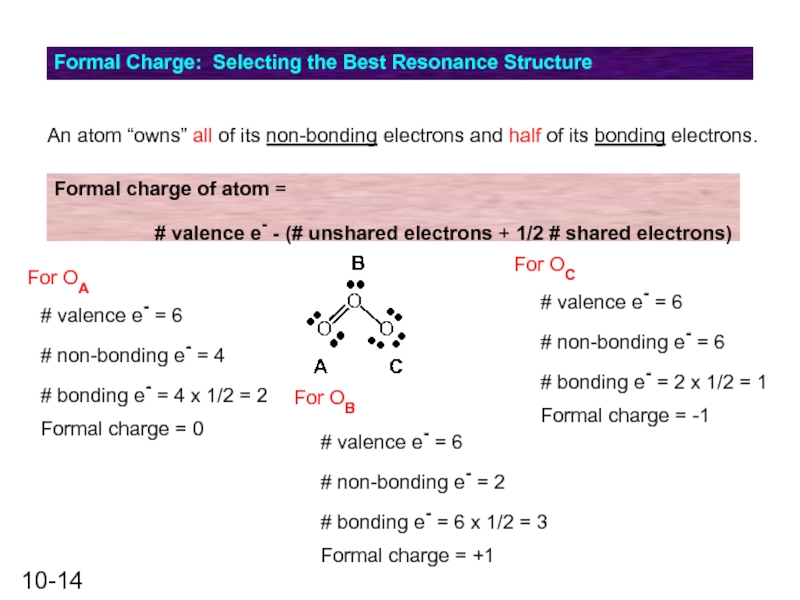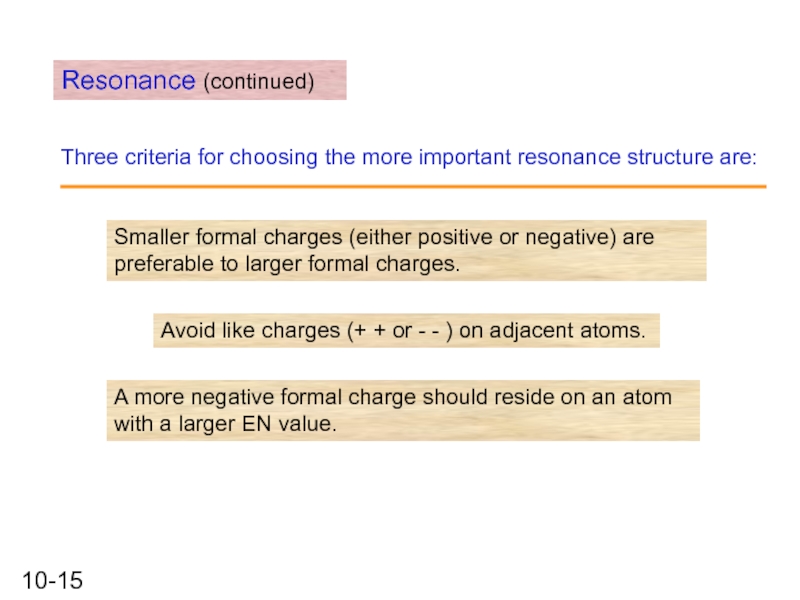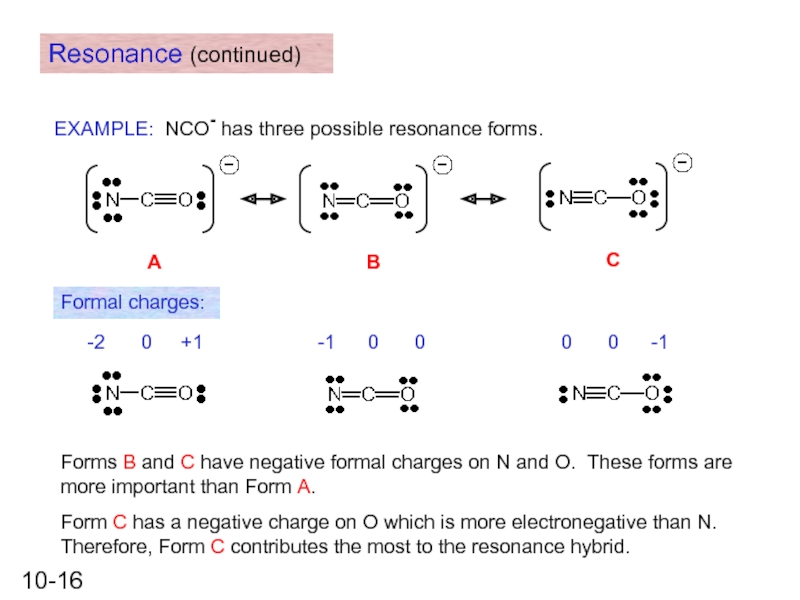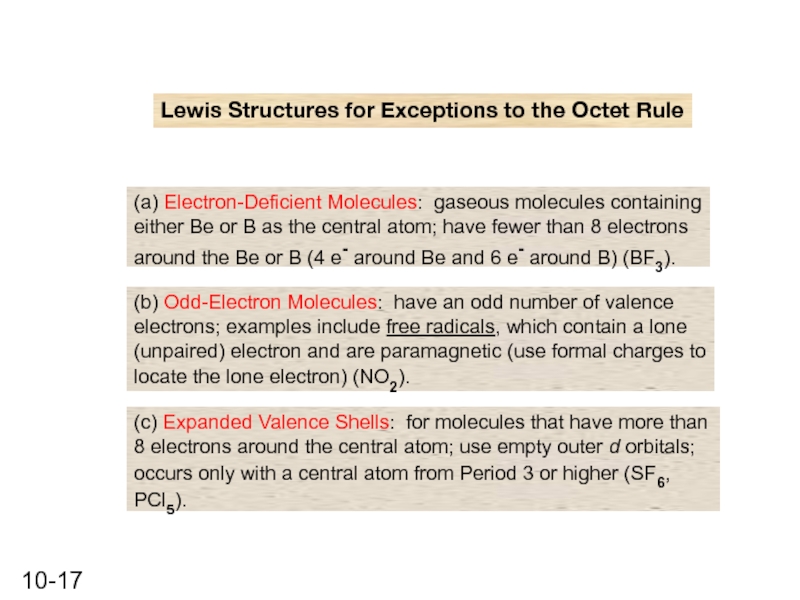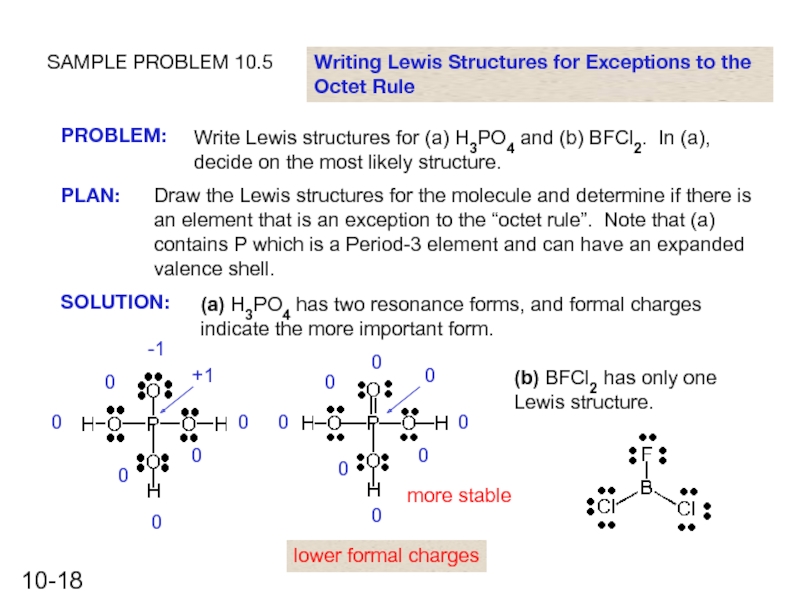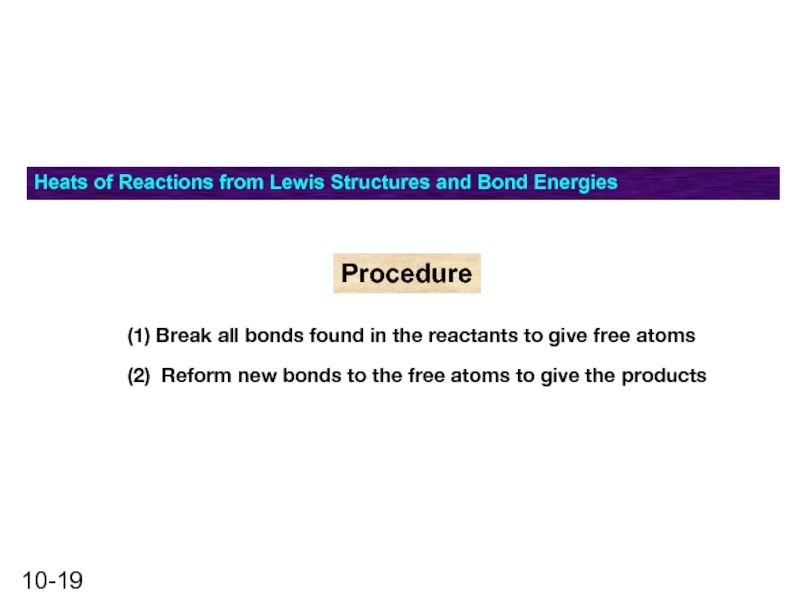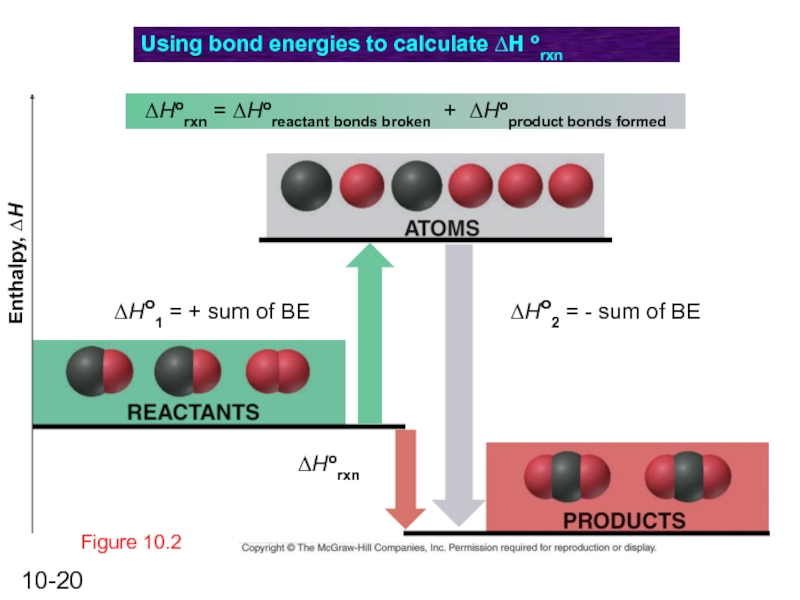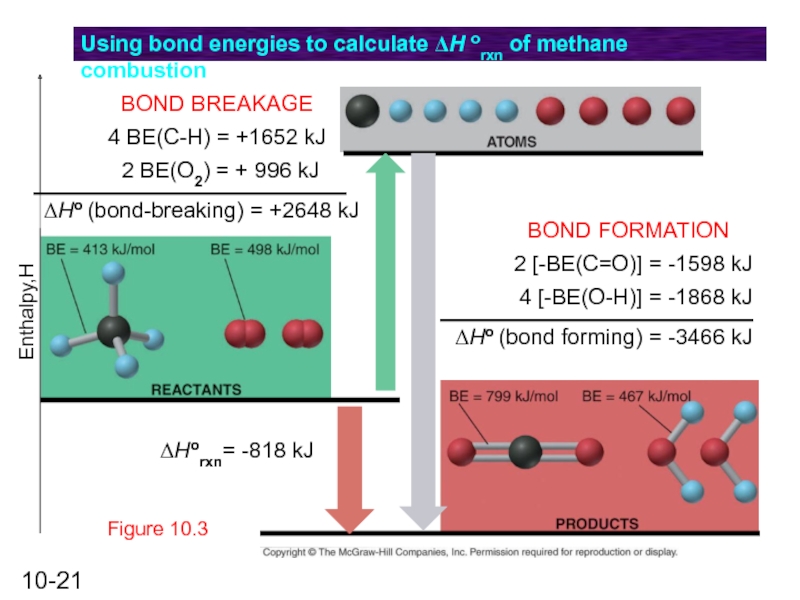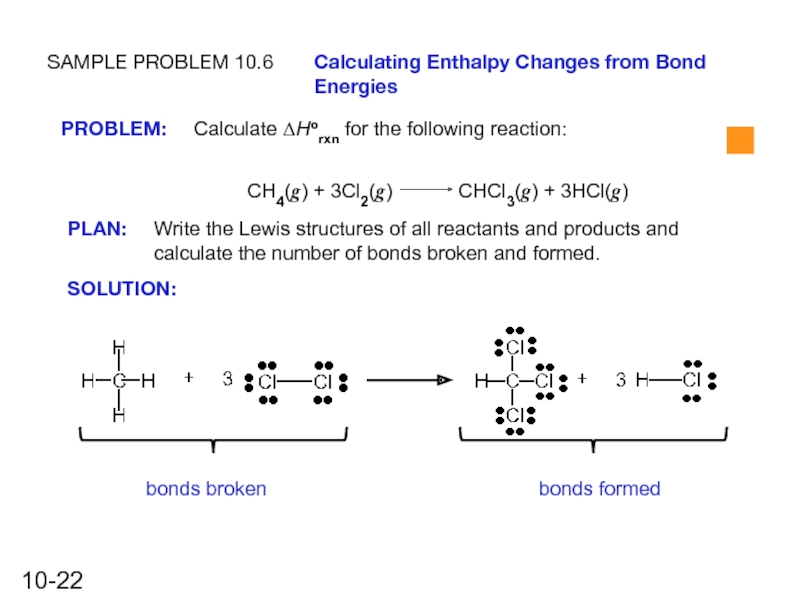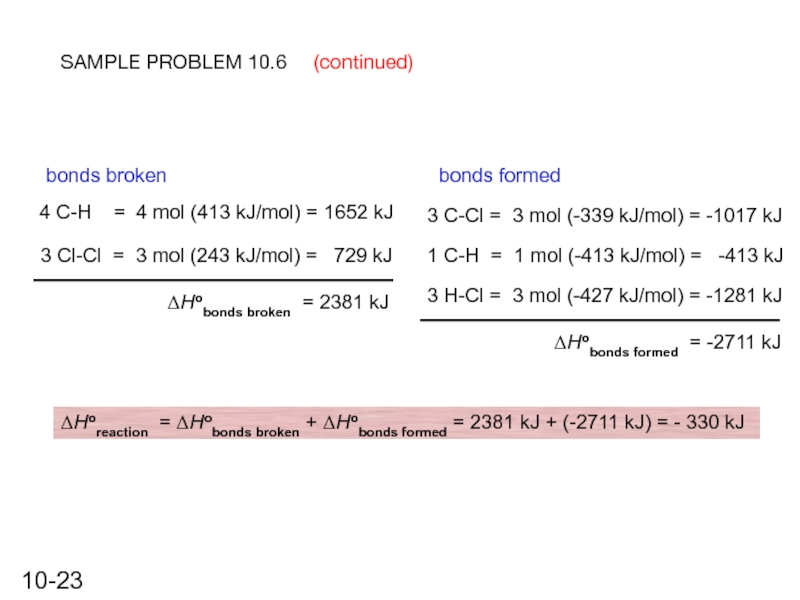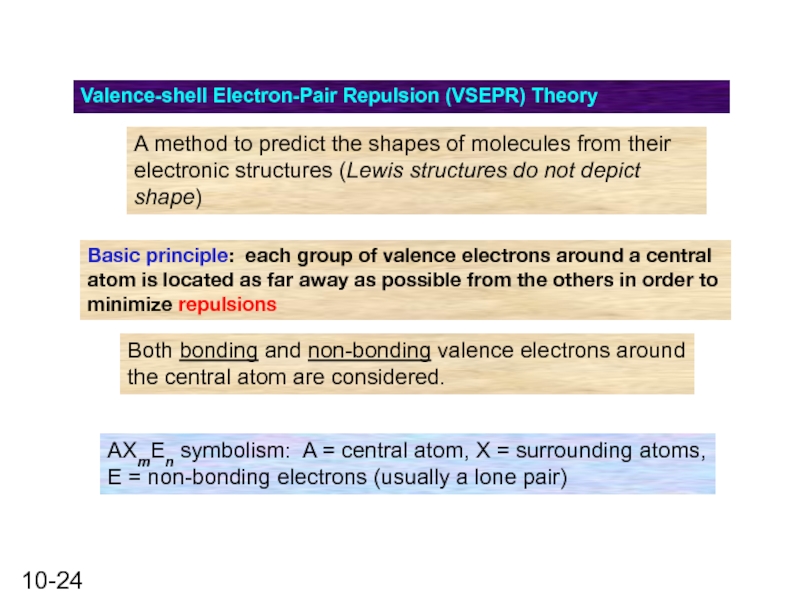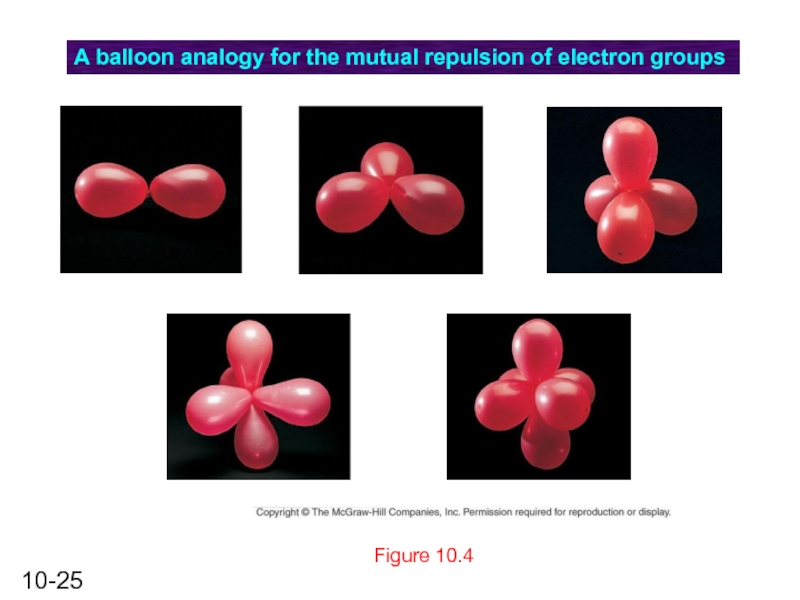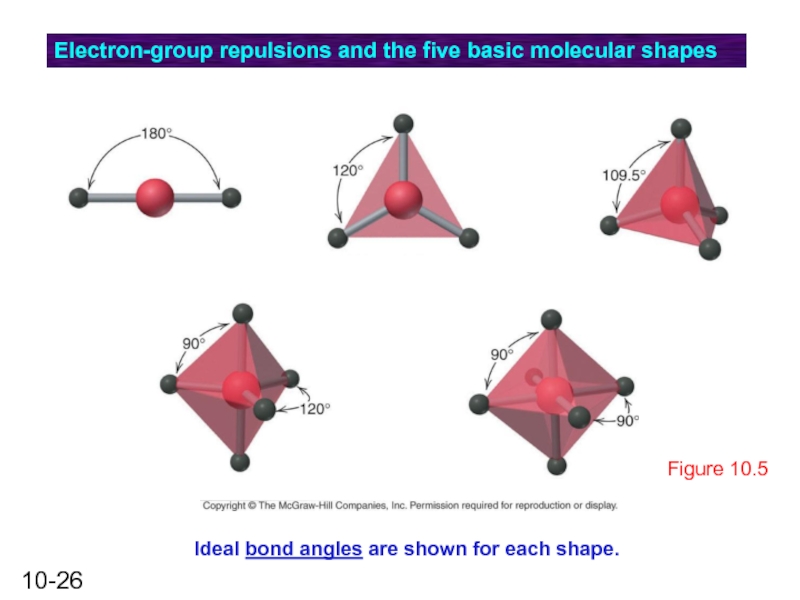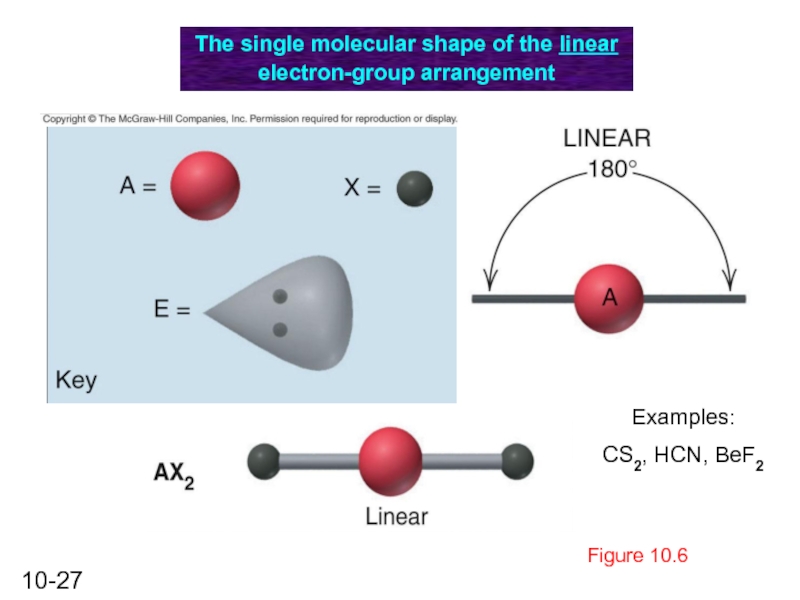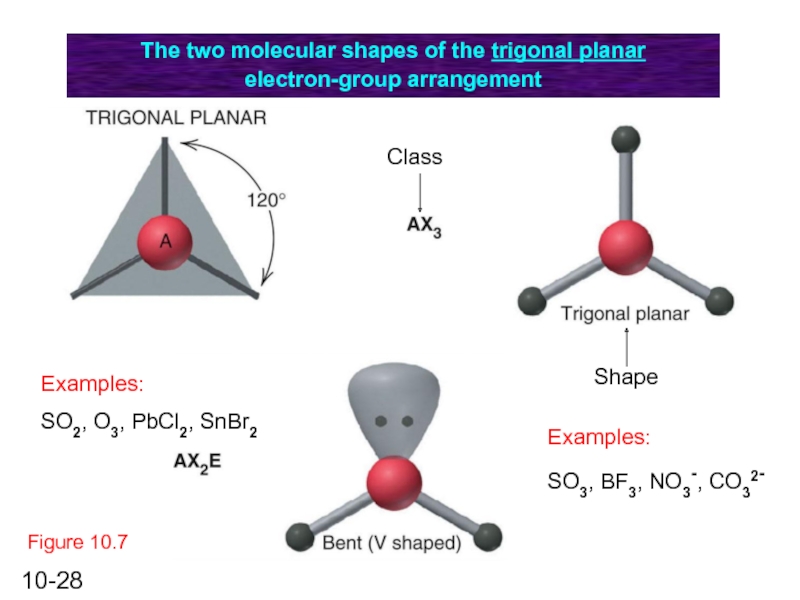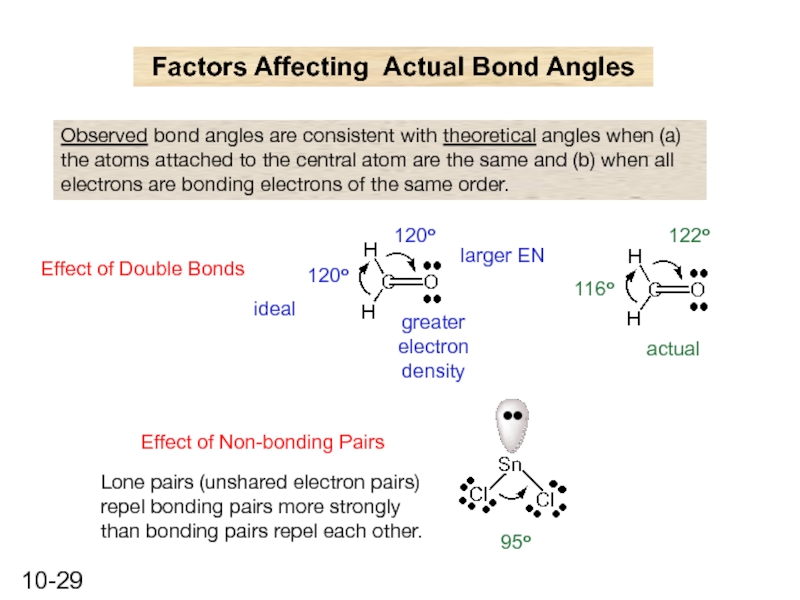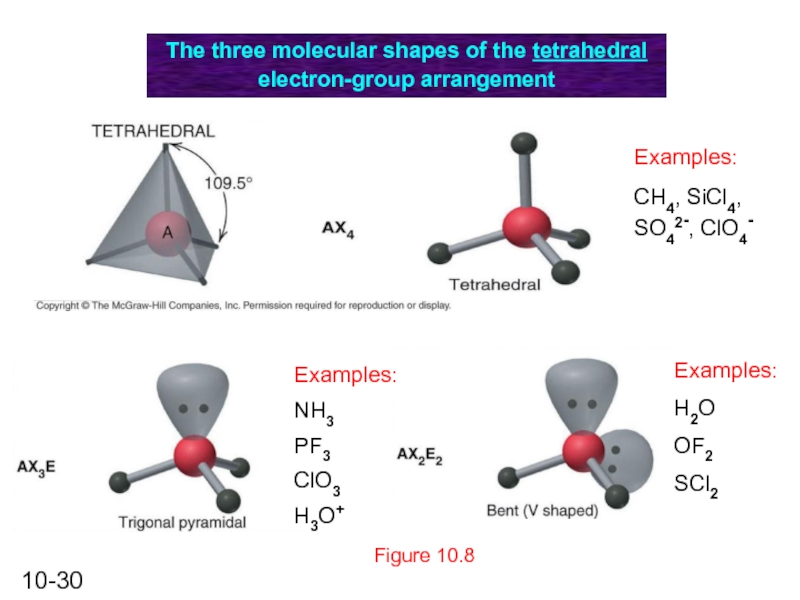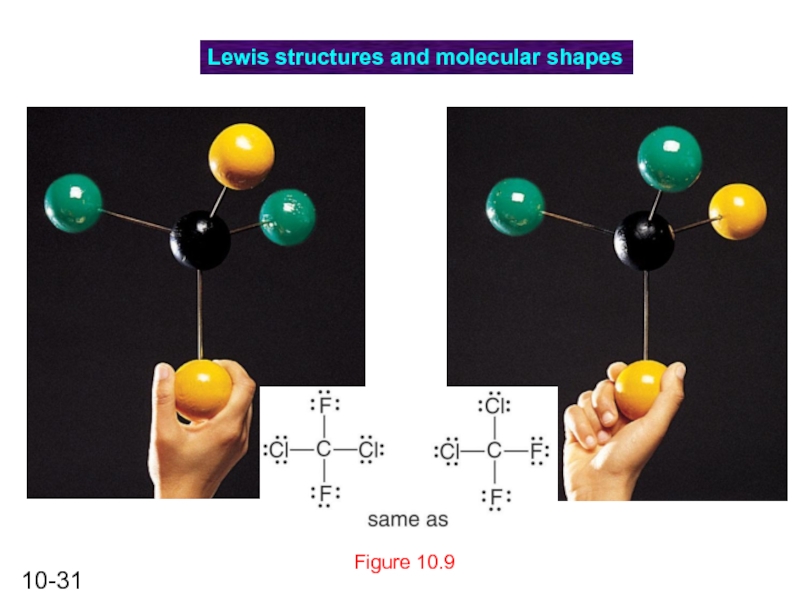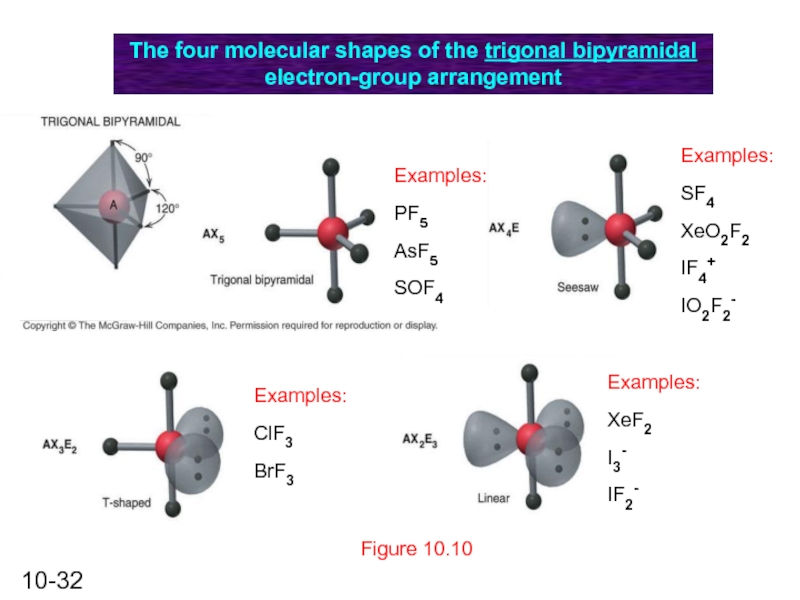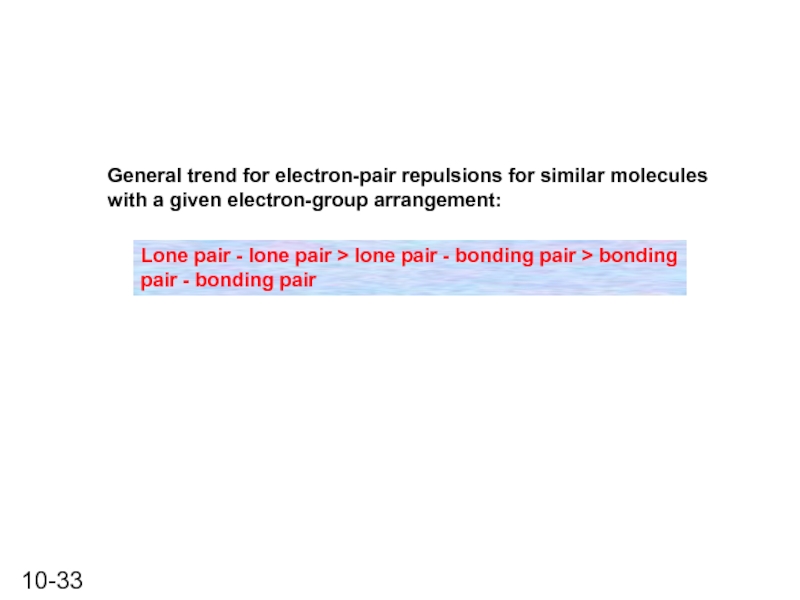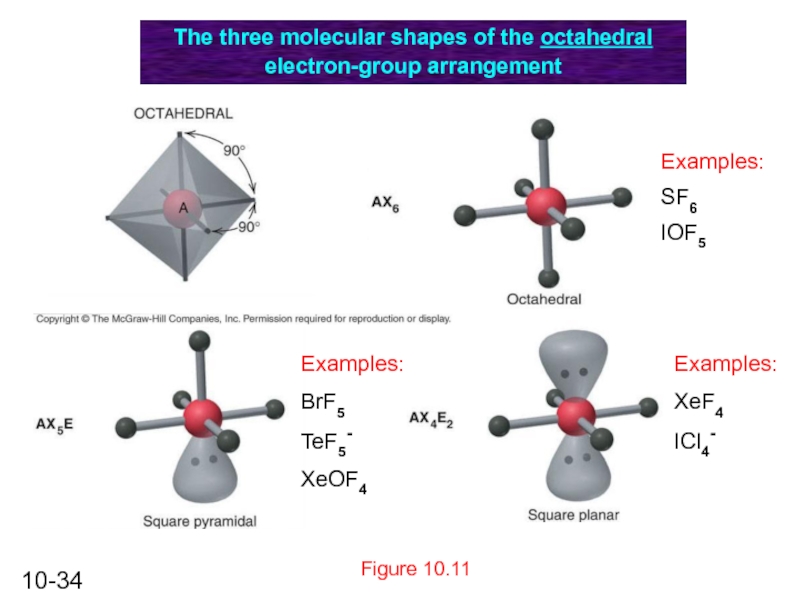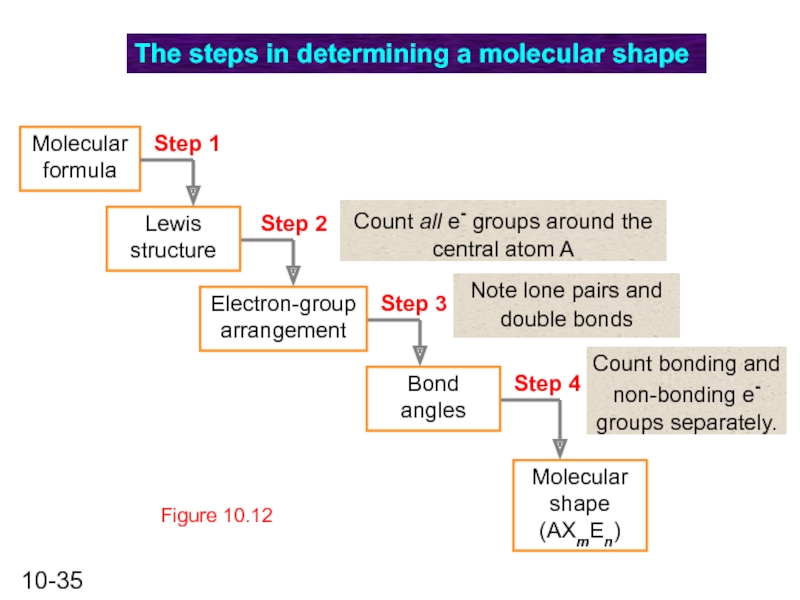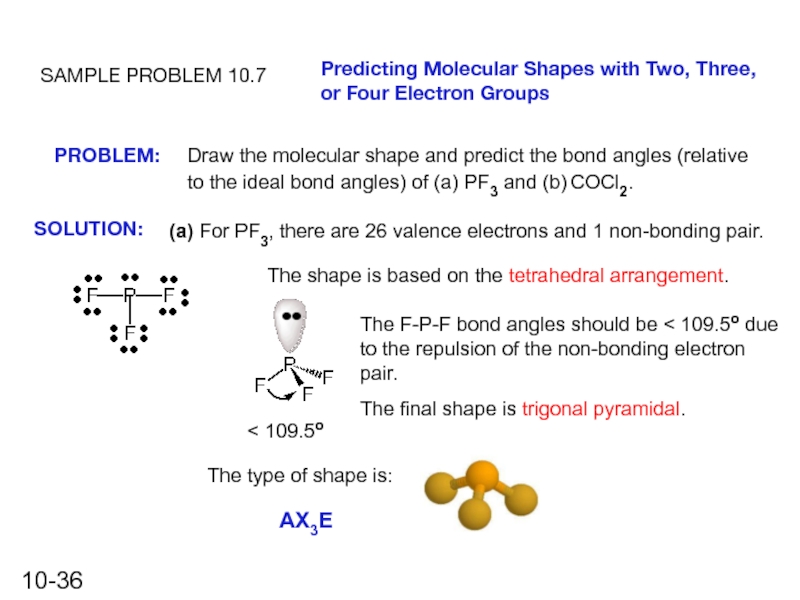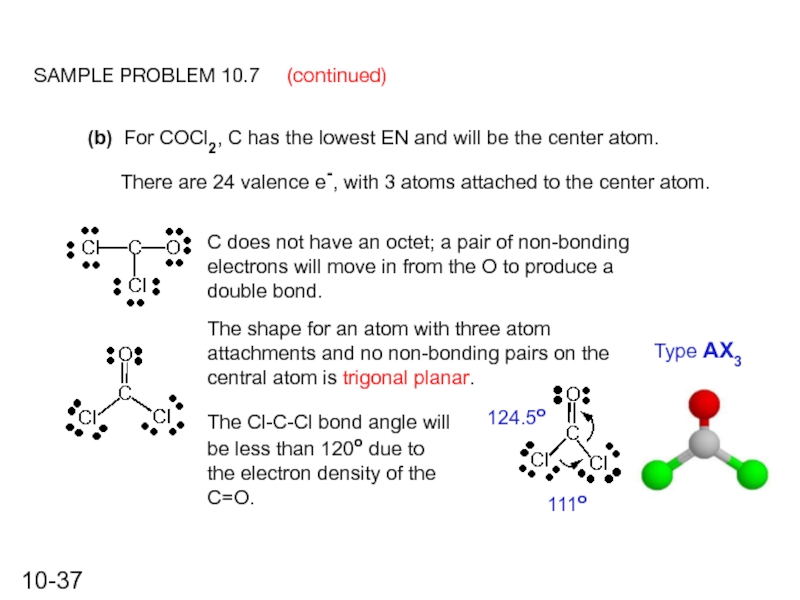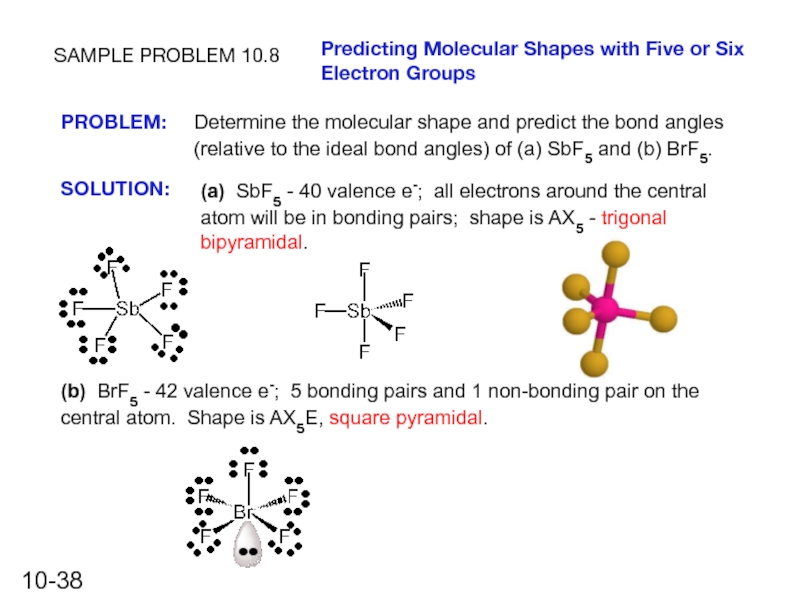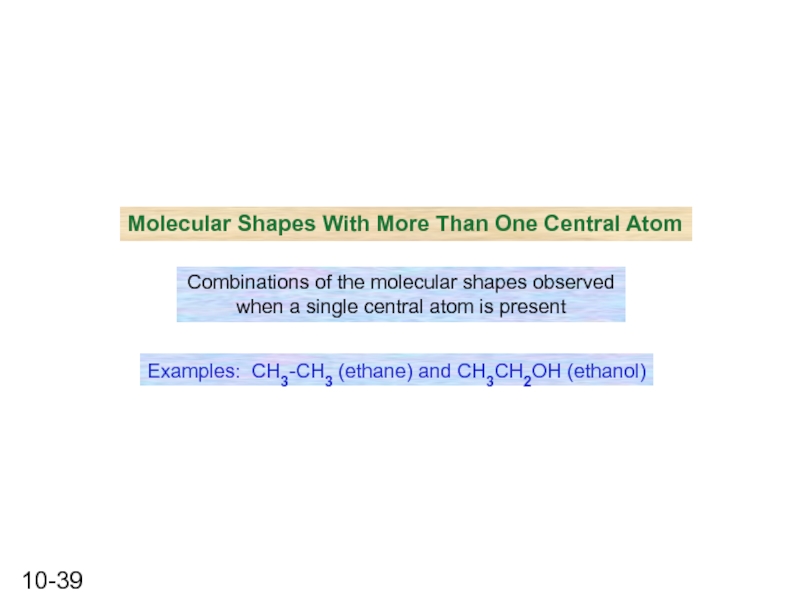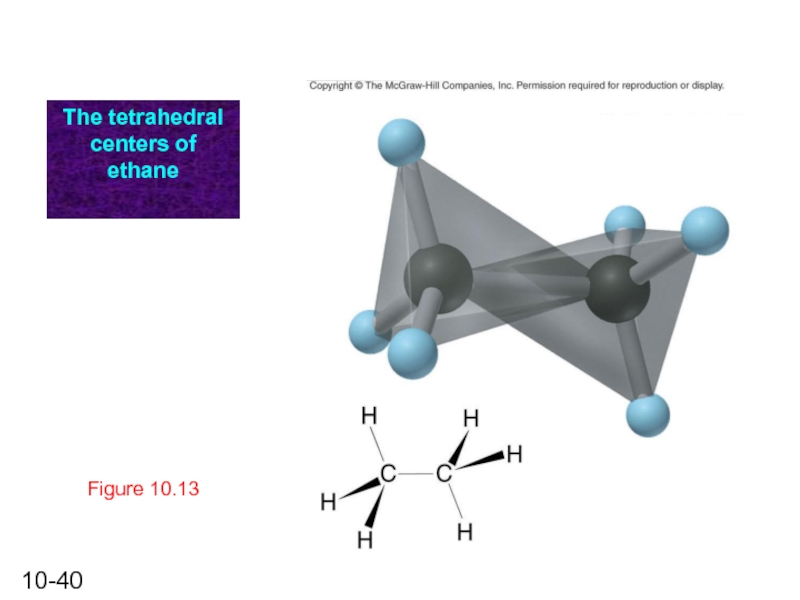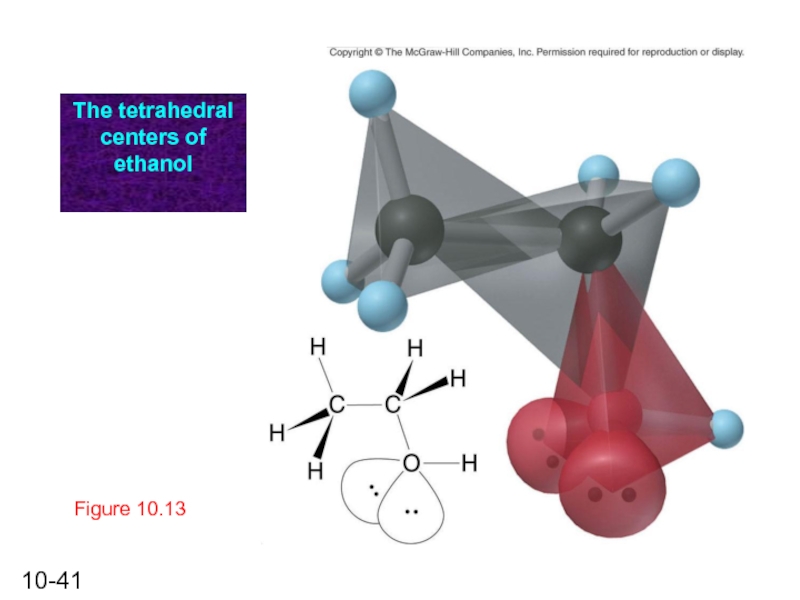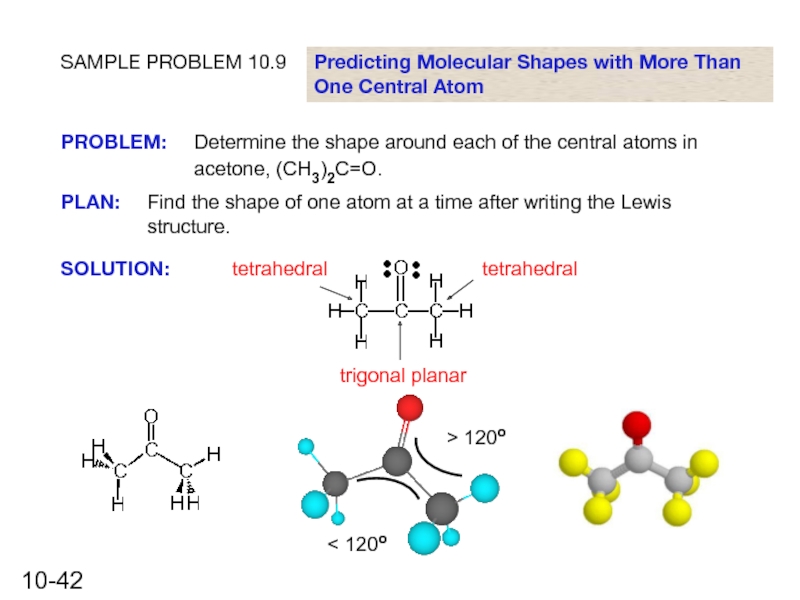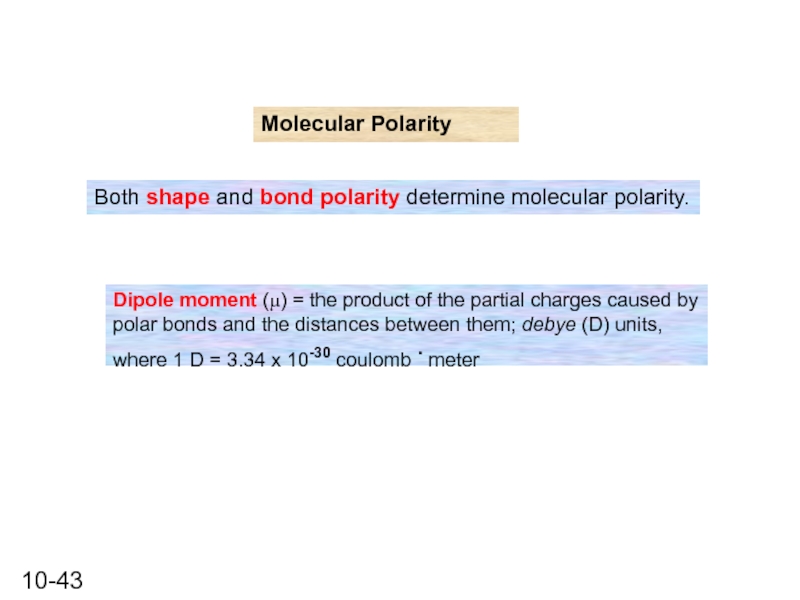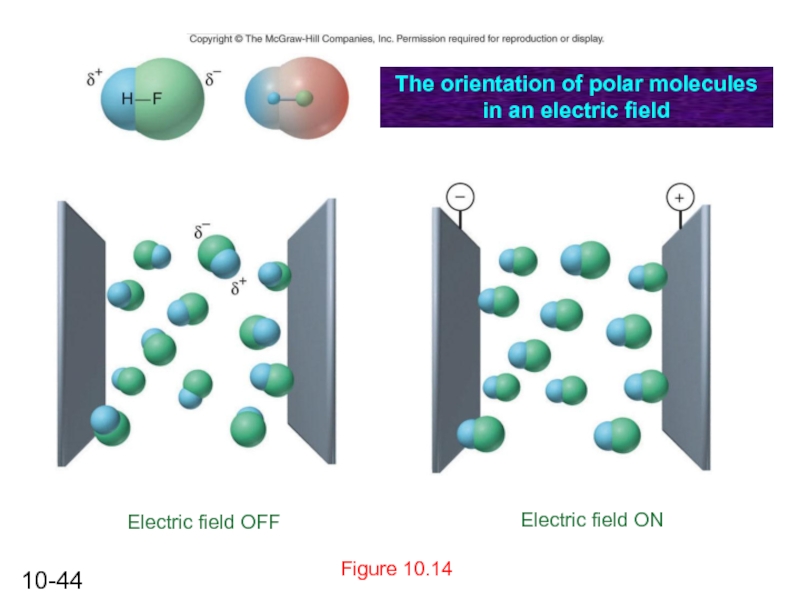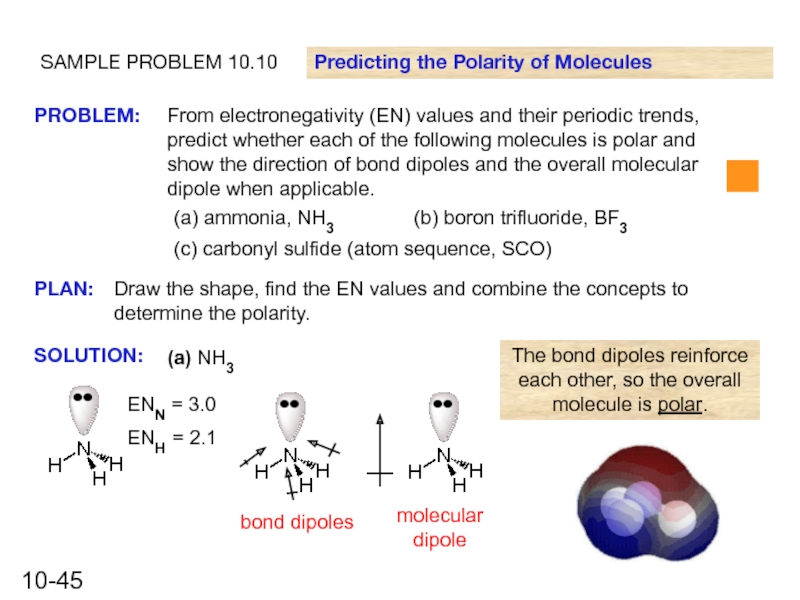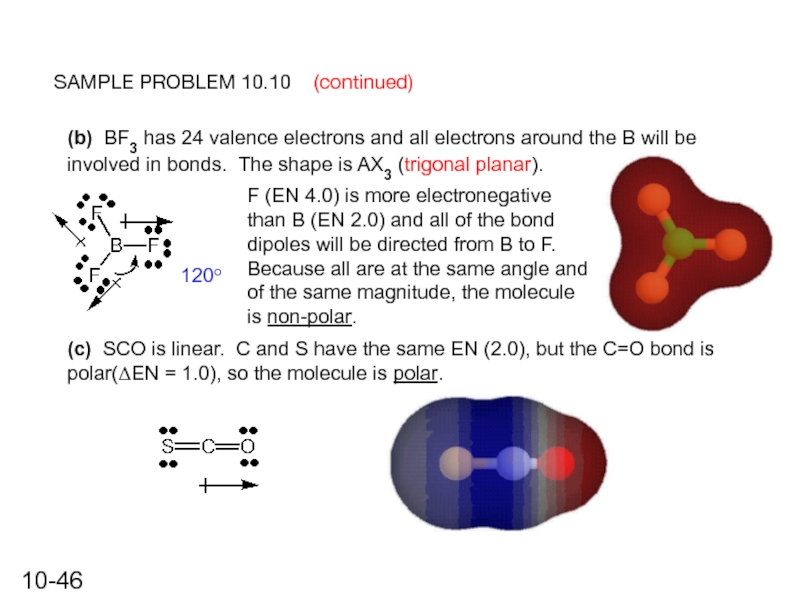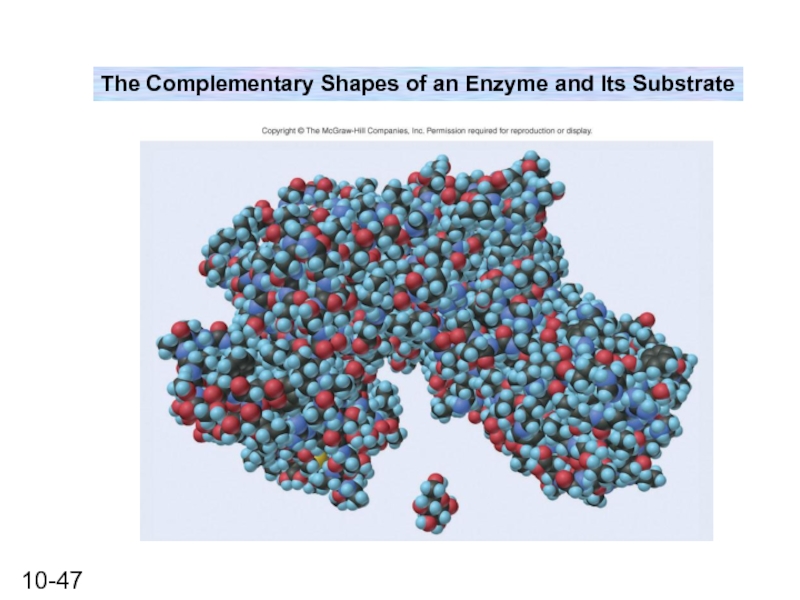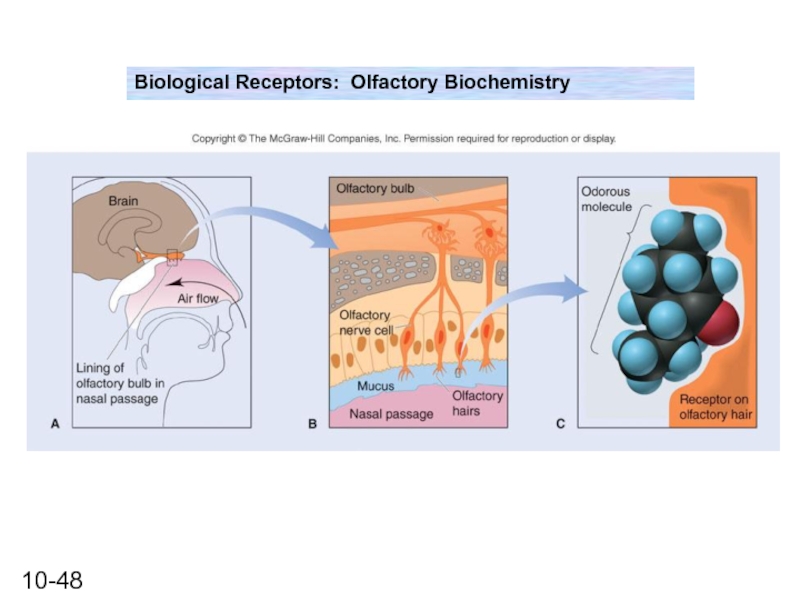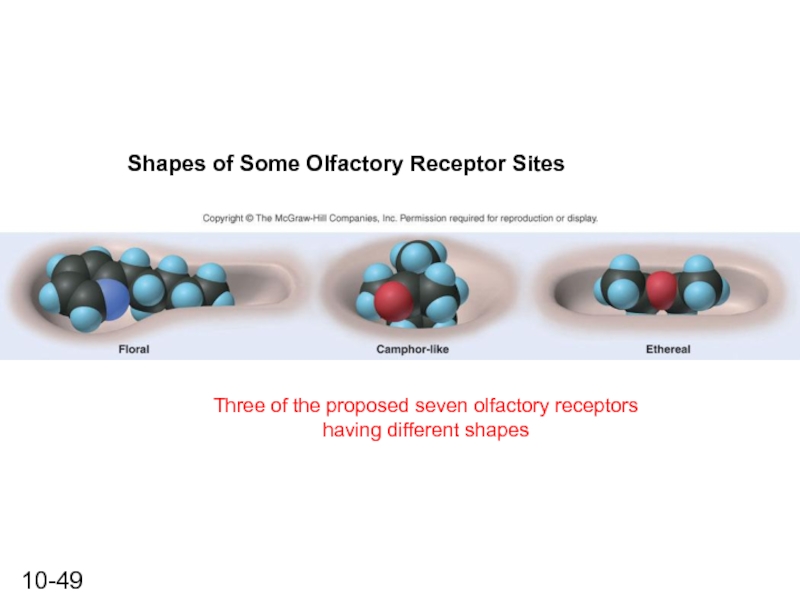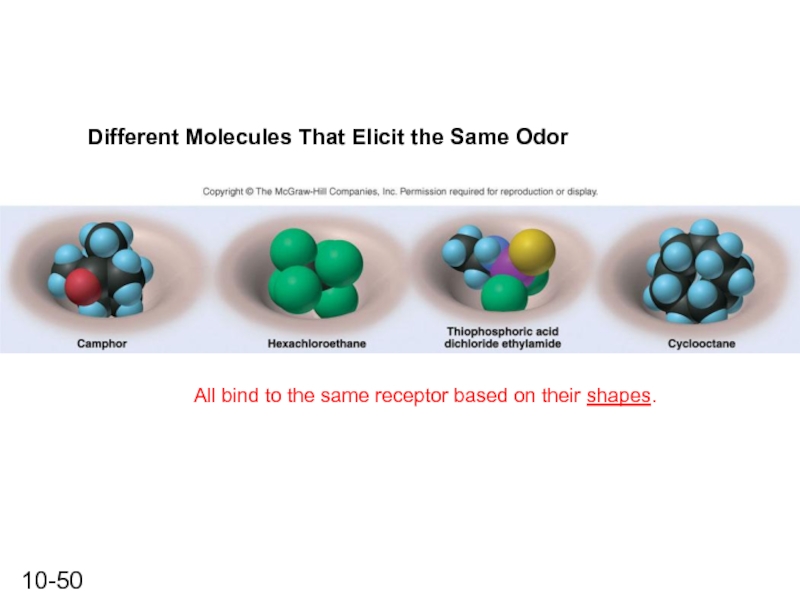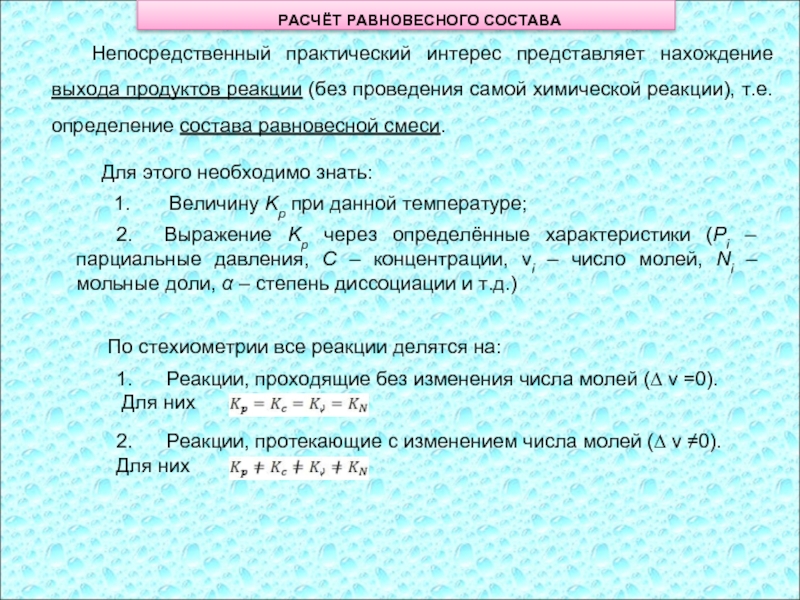- Главная
- Разное
- Дизайн
- Бизнес и предпринимательство
- Аналитика
- Образование
- Развлечения
- Красота и здоровье
- Финансы
- Государство
- Путешествия
- Спорт
- Недвижимость
- Армия
- Графика
- Культурология
- Еда и кулинария
- Лингвистика
- Английский язык
- Астрономия
- Алгебра
- Биология
- География
- Детские презентации
- Информатика
- История
- Литература
- Маркетинг
- Математика
- Медицина
- Менеджмент
- Музыка
- МХК
- Немецкий язык
- ОБЖ
- Обществознание
- Окружающий мир
- Педагогика
- Русский язык
- Технология
- Физика
- Философия
- Химия
- Шаблоны, картинки для презентаций
- Экология
- Экономика
- Юриспруденция
The Shapes of Molecules презентация
Содержание
- 1. The Shapes of Molecules
- 2. The Shapes of Molecules 10.1 Depicting Molecules
- 3. On the Value of Lewis Structures A
- 4. Figure 10.1 Steps to convert a molecular
- 5. Molecular formula Atom placement Sum of valence
- 6. SAMPLE PROBLEM 10.1 Writing Lewis Structures for
- 7. SAMPLE PROBLEM 10.2 Writing Lewis Structures for
- 8. Lewis Structures for Molecules with Multiple Bonds
- 9. SAMPLE PROBLEM 10.3 Writing Lewis Structures for
- 10. Resonance: Delocalized Electron-Pair Bonding Resonance structures have
- 11. Resonance structures are not real bonding depictions.
- 12. SAMPLE PROBLEM 10.4 Writing Resonance Structures PLAN:
- 13. When two or more unsymmetrical resonance forms
- 14. Formal Charge: Selecting the Best Resonance Structure
- 15. Resonance (continued) Smaller formal charges (either positive
- 16. EXAMPLE: NCO- has three possible resonance forms.
- 17. Lewis Structures for Exceptions to the Octet
- 18. SAMPLE PROBLEM 10.5 Writing Lewis Structures for
- 19. Heats of Reactions from Lewis Structures and
- 20. Figure 10.2 Using bond energies to calculate
- 21. Figure 10.3 Using bond energies to calculate
- 22. SAMPLE PROBLEM 10.6 Calculating Enthalpy Changes from
- 23. SAMPLE PROBLEM 10.6 (continued) bonds broken bonds
- 24. Valence-shell Electron-Pair Repulsion (VSEPR) Theory A method
- 25. Figure 10.4 A balloon analogy for the mutual repulsion of electron groups
- 26. Figure 10.5 Electron-group repulsions and the five
- 27. Figure 10.6 The single molecular shape of
- 28. Figure 10.7 The two molecular shapes of
- 29. Factors Affecting Actual Bond Angles Observed bond
- 30. Figure 10.8 The three molecular shapes of
- 31. Figure 10.9 Lewis structures and molecular shapes
- 32. Figure 10.10 The four molecular shapes of
- 33. General trend for electron-pair repulsions for similar
- 34. Figure 10.11 The three molecular shapes of
- 35. Figure 10.12 The steps in determining a
- 36. SAMPLE PROBLEM 10.7 Predicting Molecular Shapes with
- 37. SAMPLE PROBLEM 10.7 (continued) (b) For COCl2,
- 38. SAMPLE PROBLEM 10.8 Predicting Molecular Shapes with
- 39. Molecular Shapes With More Than One Central
- 40. Figure 10.13 The tetrahedral centers of ethane
- 41. Figure 10.13 The tetrahedral centers of ethanol
- 42. SAMPLE PROBLEM 10.9 Predicting Molecular Shapes with More Than One Central Atom SOLUTION:
- 43. Molecular Polarity Both shape and bond polarity
- 44. Figure 10.14 The orientation of polar molecules in an electric field
- 45. SAMPLE PROBLEM 10.10 Predicting the Polarity of
- 46. SAMPLE PROBLEM 10.10 (continued) (b) BF3 has
- 47. The Complementary Shapes of an Enzyme and Its Substrate
- 48. Biological Receptors: Olfactory Biochemistry
- 49. Shapes of Some Olfactory Receptor Sites Three
- 50. Different Molecules That Elicit the Same Odor
Слайд 2The Shapes of Molecules
10.1 Depicting Molecules and Ions with Lewis Structures
10.2
Heats of Reaction
10.3 Valence-Shell Electron-Pair Repulsion (VSEPR) Theory and
Molecular Shape
10.4 Molecular Shape and Molecular Polarity
Слайд 3On the Value of Lewis Structures
A Lewis structure is a two-dimensional
of a molecule.
Lewis structures are used in conjunction with valence shell
electron-pair repulsion (VSEPR) theory to predict the three-
dimensional (3D) shapes of molecules.
We first consider Lewis structures for molecules with single
bonds (bond order = 1).
Слайд 4Figure 10.1
Steps to convert a molecular formula into a Lewis structure
Molecular
Atom placement
Sum of valence e-
Remaining valence e-
Lewis structure
Place the atom with the lowest EN in the center
Add A-group numbers
Draw single bonds and subtract 2e- for each bond
Give each atom 8e-
(2e- for H)
Step 1
Step 2
Step 3
Step 4
Слайд 5Molecular formula
Atom placement
Sum of valence e-
Remaining valence e-
Lewis structure
For NF3
N
F
F
F
N
F 7 e-
X 3 = 21 valence e-
Total of 26 valence e-
:
:
:
:
:
:
:
:
:
:
N is less electronegative than F; N is the central atom
Three single bonds = 6 e-
20 remaining valence e-; 6 e-
on each F, 2 e- on N (10 lone-
pairs of electrons)
Слайд 6SAMPLE PROBLEM 10.1
Writing Lewis Structures for Molecules with One Central Atom
SOLUTION:
Step
The four remaining atoms are placed around it.
C
Steps 2-4:
C has 4 valence e-, Cl and F each have 7. The
sum is 4 + 4(7) = 32 valence e-.
Cl
Cl
F
F
Make bonds and fill in the remaining valence
electrons, placing 8e- around each atom.
Слайд 7SAMPLE PROBLEM 10.2
Writing Lewis Structures for Molecules with More than One
SOLUTION:
Hydrogen can have only one bond. Thus, C and O must be next to each other, with H filling in the bonds.
There are 4(1) + 1(4) + 1(6) = 14 valence electrons.
C has 4 bonds and O has 2. O has two pairs of unshared e-.
C
O
H
H
H
H
:
:
Слайд 8Lewis Structures for Molecules with Multiple Bonds
After applying Steps 1-4, there
the central atom (or one of the central atoms) to attain an octet.
This situation suggests that a multiple bond (bond order of 2 or 3)
is present in the molecule.
STEP 5: If, after Step 4, a central atom still does not have an octet,
make a multiple bond by changing a lone-pair from one of the
surrounding atoms into a bonding pair to the central atom.
Слайд 9SAMPLE PROBLEM 10.3
Writing Lewis Structures for Molecules with Multiple Bonds
PLAN:
SOLUTION:
PROBLEM:
Write Lewis
(a) Ethylene (C2H4), an important reactant in the manufacture of polymers
(b) Nitrogen (N2), the most abundant atmospheric gas
For molecules with multiple bonds, Step 5 follows the other steps in Lewis structure construction. If a central atom does not have 8 e- (an octet), then electrons can be moved to form a multiple bond.
(a) There are 2(4) + 4(1) = 12 valence electrons. H can have only one bond per atom.
:
(b) N2 has 2(5) = 10 valence electrons. Therefore, a triple bond is required to make the octet around each N.
Слайд 10Resonance: Delocalized Electron-Pair Bonding
Resonance structures have the same relative placement of
O3 can be drawn in two ways:
Neither structure is actually correct but can be redrawn to represent a structure that is a hybrid of the two - a resonance structure.
Слайд 11Resonance structures are not real bonding depictions.
The actual molecule is
of the resonance forms.
For O3, two of the electron pairs (one bonding, one non-
bonding) are delocalized (i.e., their density is spread over
the entire molecule). This effect yields two identical O-O
bonds, each consisting of a single bond (localized electron
pair) and a partial double bond (from one of the delocalized
electron pairs). Resonance effects lead to fractional bond
orders.
Слайд 12SAMPLE PROBLEM 10.4
Writing Resonance Structures
PLAN:
SOLUTION:
PROBLEM:
Write resonance structures for the nitrate anion,
After Steps 1-4, apply Step 5. Then determine if other structures can be drawn in which the electrons can be delocalized over more than two atoms.
Nitrate has 1(5) + 3(6) + 1 = 24 valence electrons.
N does not have an octet; a pair of e- is used to form a double bond.
Слайд 13When two or more unsymmetrical resonance forms
exist: How do you determine
most influence on the resonance hybrid?
Because the resonance hybrid is an average of the resonance
forms, one form may contribute more than the others and
“weight” the average in its favor.
Calculating formal charge in resonance forms
Слайд 14Formal Charge: Selecting the Best Resonance Structure
An atom “owns” all of
Formal charge of atom =
# valence e- - (# unshared electrons + 1/2 # shared electrons)
Слайд 15Resonance (continued)
Smaller formal charges (either positive or negative) are preferable to
Avoid like charges (+ + or - - ) on adjacent atoms.
A more negative formal charge should reside on an atom with a larger EN value.
Слайд 16EXAMPLE: NCO- has three possible resonance forms.
Resonance (continued)
Formal charges:
-2
0
+1
-1
0
0
0
0
-1
Forms B and
Form C has a negative charge on O which is more electronegative than N. Therefore, Form C contributes the most to the resonance hybrid.
Слайд 17Lewis Structures for Exceptions to the Octet Rule
(a) Electron-Deficient Molecules: gaseous
either Be or B as the central atom; have fewer than 8 electrons
around the Be or B (4 e- around Be and 6 e- around B) (BF3).
(b) Odd-Electron Molecules: have an odd number of valence
electrons; examples include free radicals, which contain a lone
(unpaired) electron and are paramagnetic (use formal charges to
locate the lone electron) (NO2).
(c) Expanded Valence Shells: for molecules that have more than
8 electrons around the central atom; use empty outer d orbitals;
occurs only with a central atom from Period 3 or higher (SF6, PCl5).
Слайд 18SAMPLE PROBLEM 10.5
Writing Lewis Structures for Exceptions to the Octet Rule
PLAN:
SOLUTION:
Draw
(a) H3PO4 has two resonance forms, and formal charges indicate the more important form.
-1
0
0
0
0
0
0
+1
0
0
0
0
0
0
0
0
lower formal charges
more stable
(b) BFCl2 has only one Lewis structure.
Слайд 19Heats of Reactions from Lewis Structures and Bond Energies
(1) Break all
(2) Reform new bonds to the free atoms to give the products
Procedure
Слайд 20Figure 10.2
Using bond energies to calculate ∆H orxn
ΔHorxn = ΔHoreactant bonds
ΔHo1 = + sum of BE
ΔHo2 = - sum of BE
ΔHorxn
Enthalpy, ∆H
Слайд 21Figure 10.3
Using bond energies to calculate ΔH orxn of methane combustion
Enthalpy,H
BOND
4 BE(C-H) = +1652 kJ
2 BE(O2) = + 996 kJ
ΔHo (bond-breaking) = +2648 kJ
BOND FORMATION
4 [-BE(O-H)] = -1868 kJ
ΔHo (bond forming) = -3466 kJ
Слайд 22SAMPLE PROBLEM 10.6
Calculating Enthalpy Changes from Bond Energies
SOLUTION:
bonds broken
bonds formed
Слайд 23SAMPLE PROBLEM 10.6
(continued)
bonds broken
bonds formed
4 C-H = 4 mol (413
3 Cl-Cl = 3 mol (243 kJ/mol) = 729 kJ
ΔHobonds broken = 2381 kJ
3 C-Cl = 3 mol (-339 kJ/mol) = -1017 kJ
1 C-H = 1 mol (-413 kJ/mol) = -413 kJ
ΔHobonds formed = -2711 kJ
3 H-Cl = 3 mol (-427 kJ/mol) = -1281 kJ
ΔHoreaction = ΔHobonds broken + ΔHobonds formed = 2381 kJ + (-2711 kJ) = - 330 kJ
Слайд 24Valence-shell Electron-Pair Repulsion (VSEPR) Theory
A method to predict the shapes of
shape)
Basic principle: each group of valence electrons around a central
atom is located as far away as possible from the others in order to
minimize repulsions
Both bonding and non-bonding valence electrons around
the central atom are considered.
AXmEn symbolism: A = central atom, X = surrounding atoms,
E = non-bonding electrons (usually a lone pair)
Слайд 26Figure 10.5
Electron-group repulsions and the five basic molecular shapes
Ideal bond angles
Слайд 27Figure 10.6
The single molecular shape of the linear
electron-group arrangement
Examples:
CS2, HCN,
Слайд 28Figure 10.7
The two molecular shapes of the trigonal planar
electron-group arrangement
Examples:
SO3,
Examples:
SO2, O3, PbCl2, SnBr2
Слайд 29Factors Affecting Actual Bond Angles
Observed bond angles are consistent with theoretical
ideal
120o
120o
larger EN
greater electron density
Lone pairs (unshared electron pairs) repel bonding pairs more strongly than bonding pairs repel each other.
95o
Слайд 30Figure 10.8
The three molecular shapes of the tetrahedral
electron-group arrangement
Examples:
CH4, SiCl4,
Examples:
NH3
PF3
ClO3
H3O+
Examples:
H2O
OF2
SCl2
Слайд 32Figure 10.10
The four molecular shapes of the trigonal bipyramidal electron-group arrangement
Examples:
SF4
XeO2F2
IF4+
IO2F2-
Examples:
ClF3
BrF3
Examples:
XeF2
I3-
IF2-
Examples:
PF5
AsF5
SOF4
Слайд 33General trend for electron-pair repulsions for similar molecules
with a given electron-group
Lone pair - lone pair > lone pair - bonding pair > bonding
pair - bonding pair
Слайд 34Figure 10.11
The three molecular shapes of the octahedral
electron-group arrangement
Examples:
SF6
IOF5
Examples:
BrF5
TeF5-
XeOF4
Examples:
XeF4
ICl4-
Слайд 35Figure 10.12
The steps in determining a molecular shape
Molecular formula
Lewis structure
Electron-group arrangement
Bond
Molecular shape (AXmEn)
Count all e- groups around the central atom A
Note lone pairs and
double bonds
Count bonding and non-bonding e- groups separately.
Step 1
Step 2
Step 3
Step 4
Слайд 36SAMPLE PROBLEM 10.7
Predicting Molecular Shapes with Two, Three, or Four Electron
The shape is based on the tetrahedral arrangement.
The F-P-F bond angles should be < 109.5o due to the repulsion of the non-bonding electron pair.
The final shape is trigonal pyramidal.
< 109.5o
The type of shape is:
AX3E
Слайд 37SAMPLE PROBLEM 10.7
(continued)
(b) For COCl2, C has the lowest EN and
There are 24 valence e-, with 3 atoms attached to the center atom.
C does not have an octet; a pair of non-bonding electrons will move in from the O to produce a double bond.
The shape for an atom with three atom attachments and no non-bonding pairs on the central atom is trigonal planar.
The Cl-C-Cl bond angle will be less than 120o due to the electron density of the C=O.
Type AX3
Слайд 38SAMPLE PROBLEM 10.8
Predicting Molecular Shapes with Five or Six Electron Groups
(b)
Слайд 39Molecular Shapes With More Than One Central Atom
Combinations of the molecular
when a single central atom is present
Examples: CH3-CH3 (ethane) and CH3CH2OH (ethanol)
Слайд 43Molecular Polarity
Both shape and bond polarity determine molecular polarity.
Dipole moment (μ)
polar bonds and the distances between them; debye (D) units,
where 1 D = 3.34 x 10-30 coulomb . meter
Слайд 45SAMPLE PROBLEM 10.10
Predicting the Polarity of Molecules
(a) ammonia, NH3
(b) boron trifluoride,
(c) carbonyl sulfide (atom sequence, SCO)
ENN = 3.0
ENH = 2.1
bond dipoles
molecular dipole
The bond dipoles reinforce each other, so the overall molecule is polar.
Слайд 46SAMPLE PROBLEM 10.10
(continued)
(b) BF3 has 24 valence electrons and all electrons
F (EN 4.0) is more electronegative than B (EN 2.0) and all of the bond dipoles will be directed from B to F. Because all are at the same angle and of the same magnitude, the molecule is non-polar.
120o
(c) SCO is linear. C and S have the same EN (2.0), but the C=O bond is polar(ΔEN = 1.0), so the molecule is polar.
Слайд 49Shapes of Some Olfactory Receptor Sites
Three of the proposed seven olfactory
having different shapes
